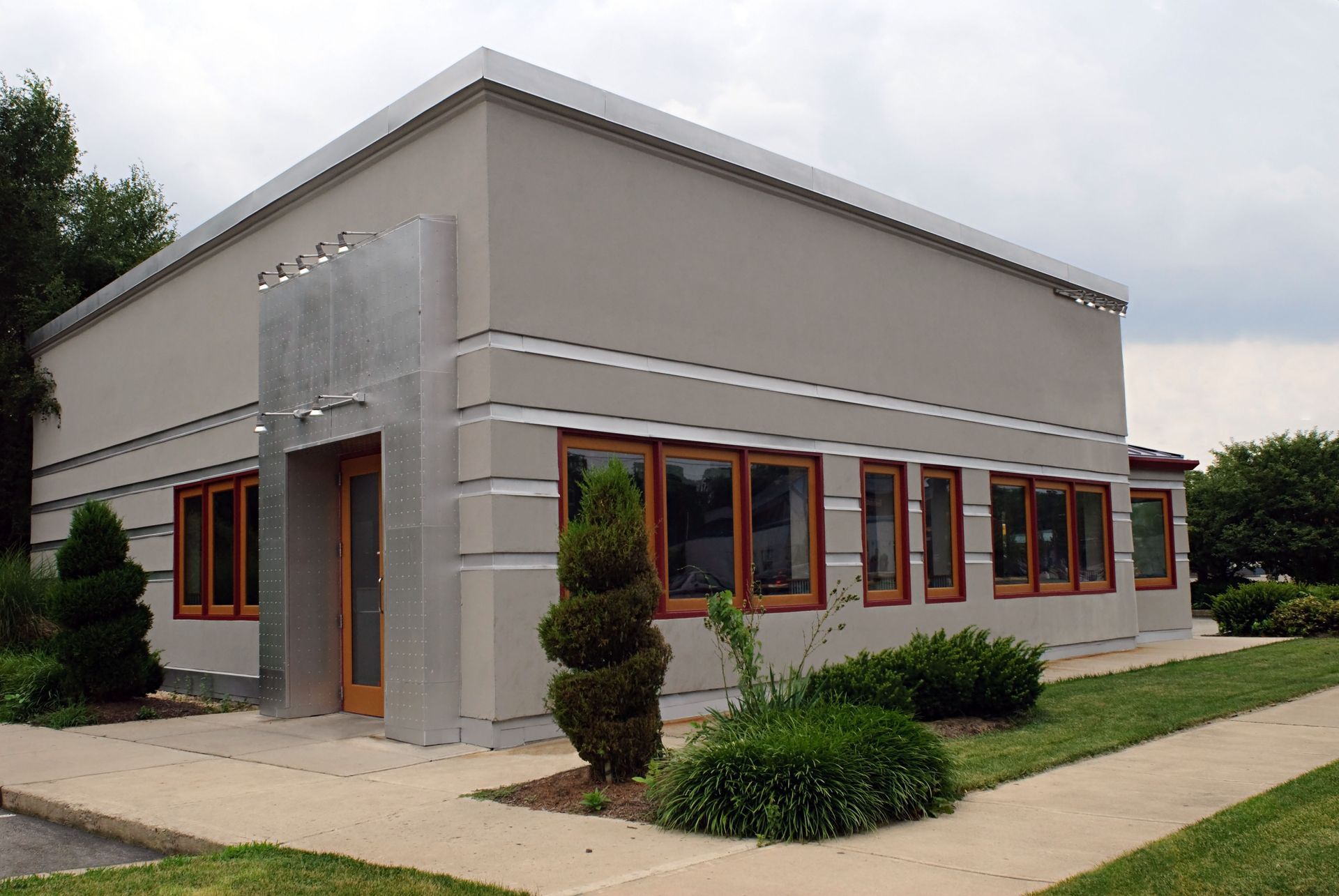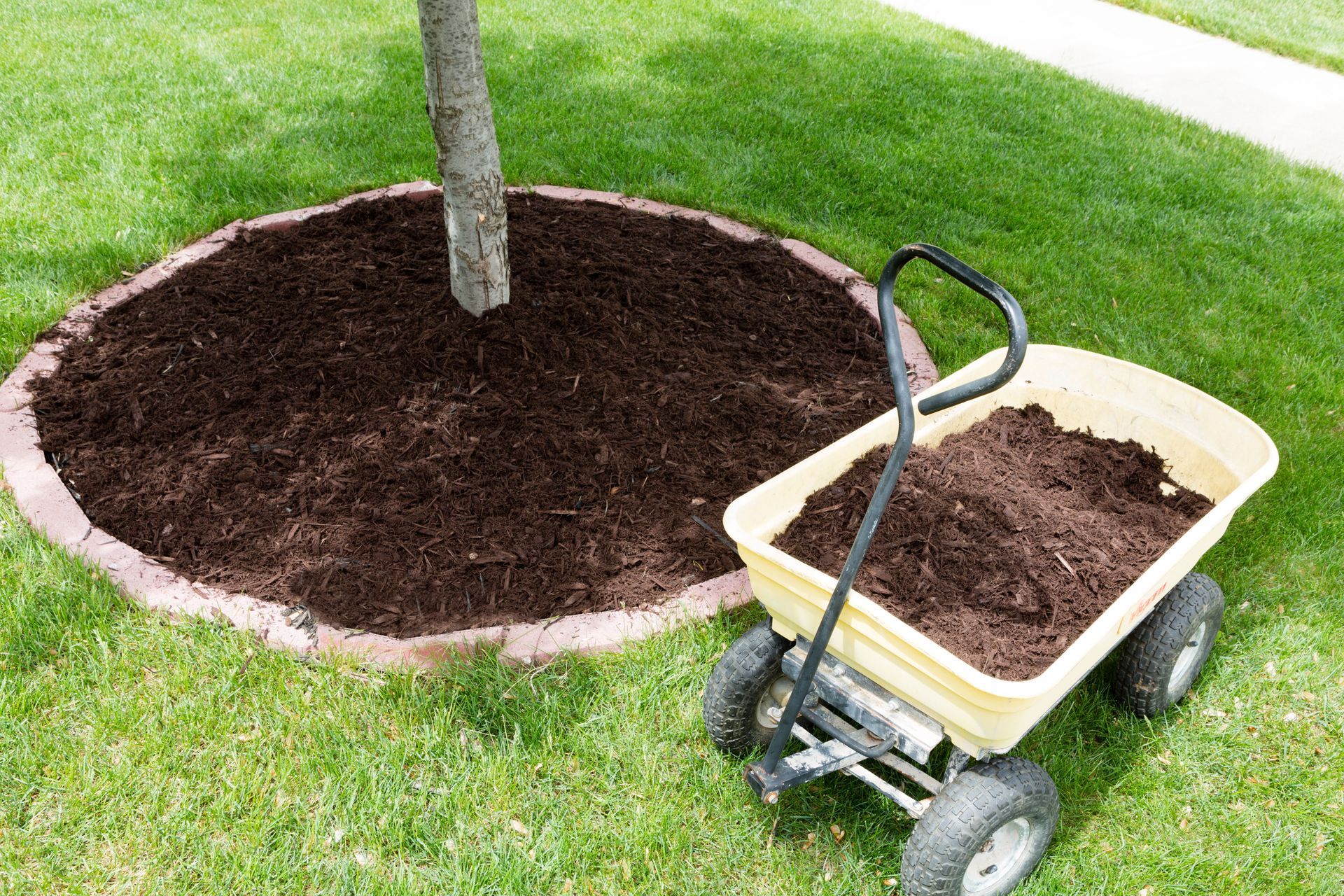What Are the Common Issues with Concrete Deliveries?
Concrete is a fundamental material in construction, known for its durability and versatility. However, its delivery can sometimes pose numerous challenges, which can impact project timelines and budgets. The demand for ready-mix concrete remains high, with the U.S. ready-mix concrete manufacturing industry valued at $41.3 billion in 2023, according to IBISWorld. Despite its economic significance, concrete delivery is not without its challenges. Being aware of these common issues can help construction managers and homeowners alike take preventative measures to ensure smooth and successful concrete deliveries.
Scheduling Delays
One of the most common problems in concrete delivery is scheduling delays. Concrete deliveries require precise timing; any delay can lead to complications like premature setting or insufficient curing. These delays can arise from a variety of factors including traffic congestion, equipment failures, or logistics mismanagement, emphasizing the need for robust planning and communication with suppliers.
Additionally, unexpected weather conditions such as heavy rainfall or extreme temperatures can contribute to scheduling setbacks. Construction managers should always have contingency plans in place, such as scheduling deliveries during off-peak hours or monitoring weather forecasts to anticipate potential disruptions. A well-coordinated effort between the project team and the supplier can mitigate these issues and keep the project on track.
Maintaining Quality
Maintaining the quality of concrete during transit is another significant challenge. Factors such as temperature and moisture can affect the consistency and workability of the concrete mix. If the concrete arrives in poor condition, it can compromise the structural integrity of the project, hence why it is crucial to partner with reputable suppliers who adhere to high-quality standards during transportation.
Proper mixing and transportation techniques play a critical role in ensuring the integrity of the concrete. If the mix is agitated too little, it may not blend properly, leading to inconsistent strength. Conversely, excessive mixing can cause premature setting. Suppliers should have rigorous quality control measures, such as using temperature-controlled trucks and appropriate mixing speeds, to prevent these issues.
Obtaining Site Access
Site accessibility is frequently a hassle, especially in dense urban areas or rural locations with poor infrastructure. Limited space or difficult terrain can prevent the delivery truck from reaching the site efficiently. In such cases, additional arrangements like smaller transferring vehicles or extra manpower may be needed, potentially adding to the project's cost and complexity.
For instance, in projects located on steep terrains or confined job sites, using a concrete pump may be necessary to transfer concrete from the truck to the desired location. It’s advisable to assess the delivery route in advance and discuss potential obstacles with the supplier to ensure a seamless operation.
Assessing Environmental Concerns
Environmental factors such as weather conditions can also influence concrete deliveries. Extreme temperatures, whether hot or cold, can affect the curing process and ultimately the strength of the concrete.
In hot weather, high temperatures and low humidity can accelerate water evaporation, causing the concrete to dry too quickly and develop cracks. On the other hand, freezing temperatures can slow down the hydration process, leading to weaker concrete. To combat these issues, project managers should consider using additives to control setting times, keeping concrete covered, and adjusting water content as needed to accommodate environmental conditions.
Communicating Effectively
A breakdown in communication between the construction site and the concrete supplier can lead to significant complications. Miscommunication about delivery times, order quantities, or specific mix requirements can result in halted work and increased expenses. Establishing clear, precise communication channels and processes are essential to prevent such issues and ensure that all parties are aligned.
Using digital tracking tools or project management software can be beneficial in maintaining smooth communication. These tools help construction teams monitor deliveries in real time, track potential delays, and keep records of supplier commitments. Regular check-ins between project managers and suppliers can also ensure that any last-minute adjustments or concerns are addressed promptly.
While concrete delivery issues are not uncommon, recognizing them in advance can be instrumental in mitigating their effects. From scheduling and logistics to quality and site accessibility, understanding each potential pitfall allows for better preparation and execution. By taking proactive steps, such as securing reliable suppliers, monitoring environmental conditions, and establishing strong communication channels, you can greatly minimize the risks associated with concrete delivery and ensure the success of your construction project. If you're looking for quality concrete deliveries, contact our team at Artistic Materials Inc to get started on scheduling your delivery for your project!
serving area
Burlington County, NJ
Camden County, NJ
Gloucester County, NJ
Mercer County, NJ
Ocean County, NJ
Business Hours
- Mon - Fri
- -
- Sat - Sun
- Closed



Share On: